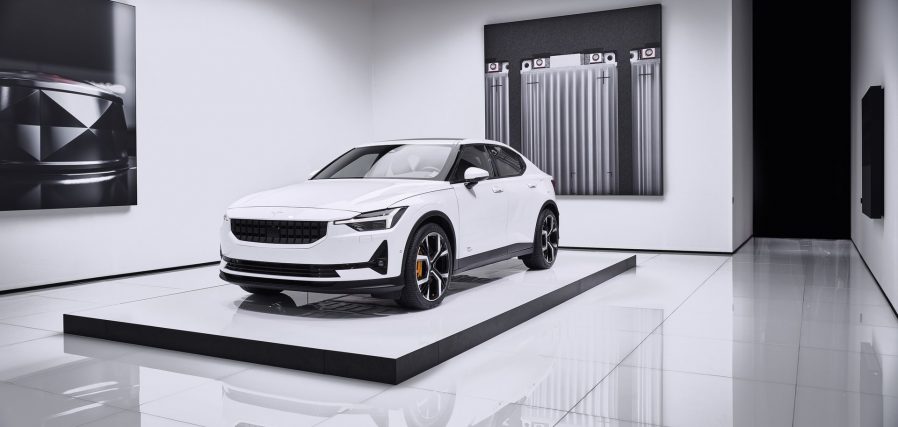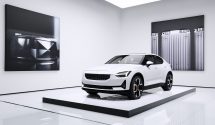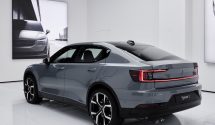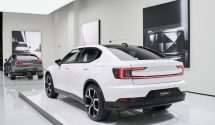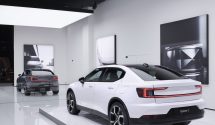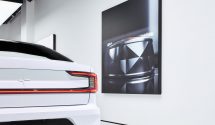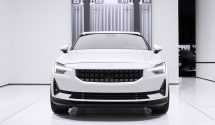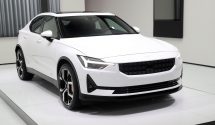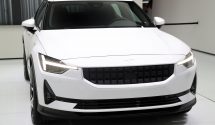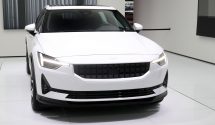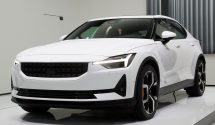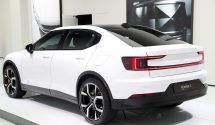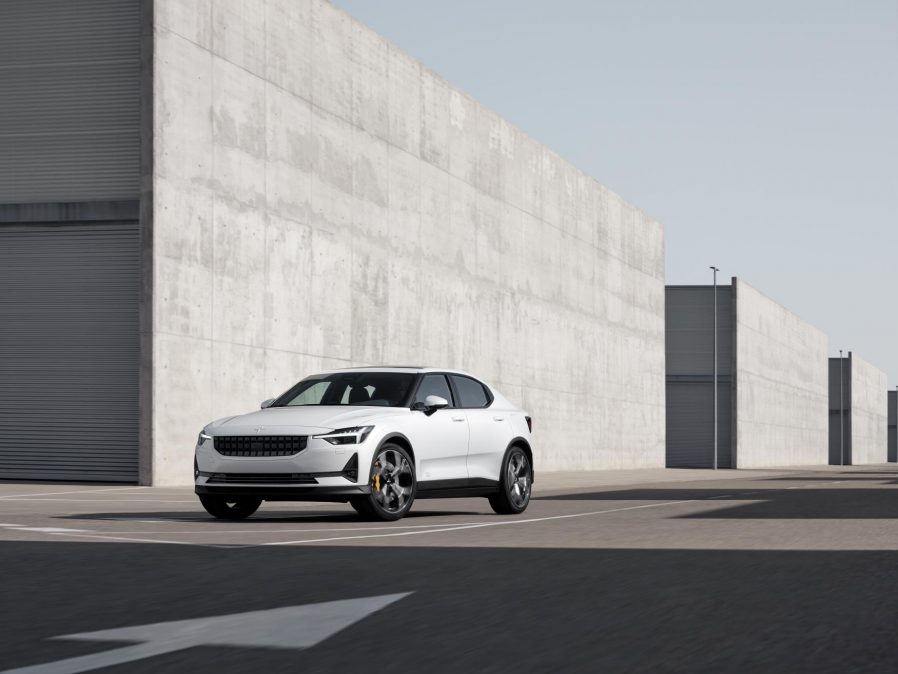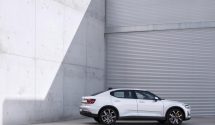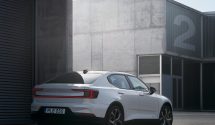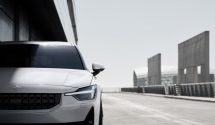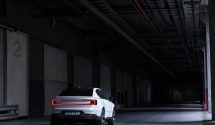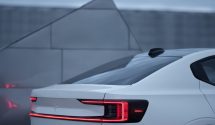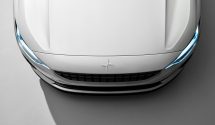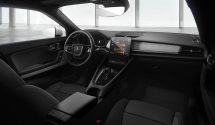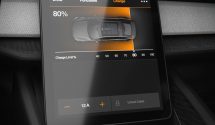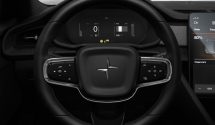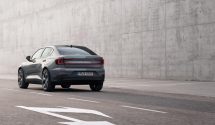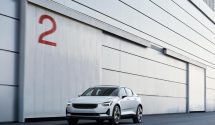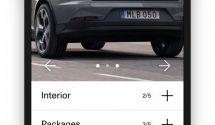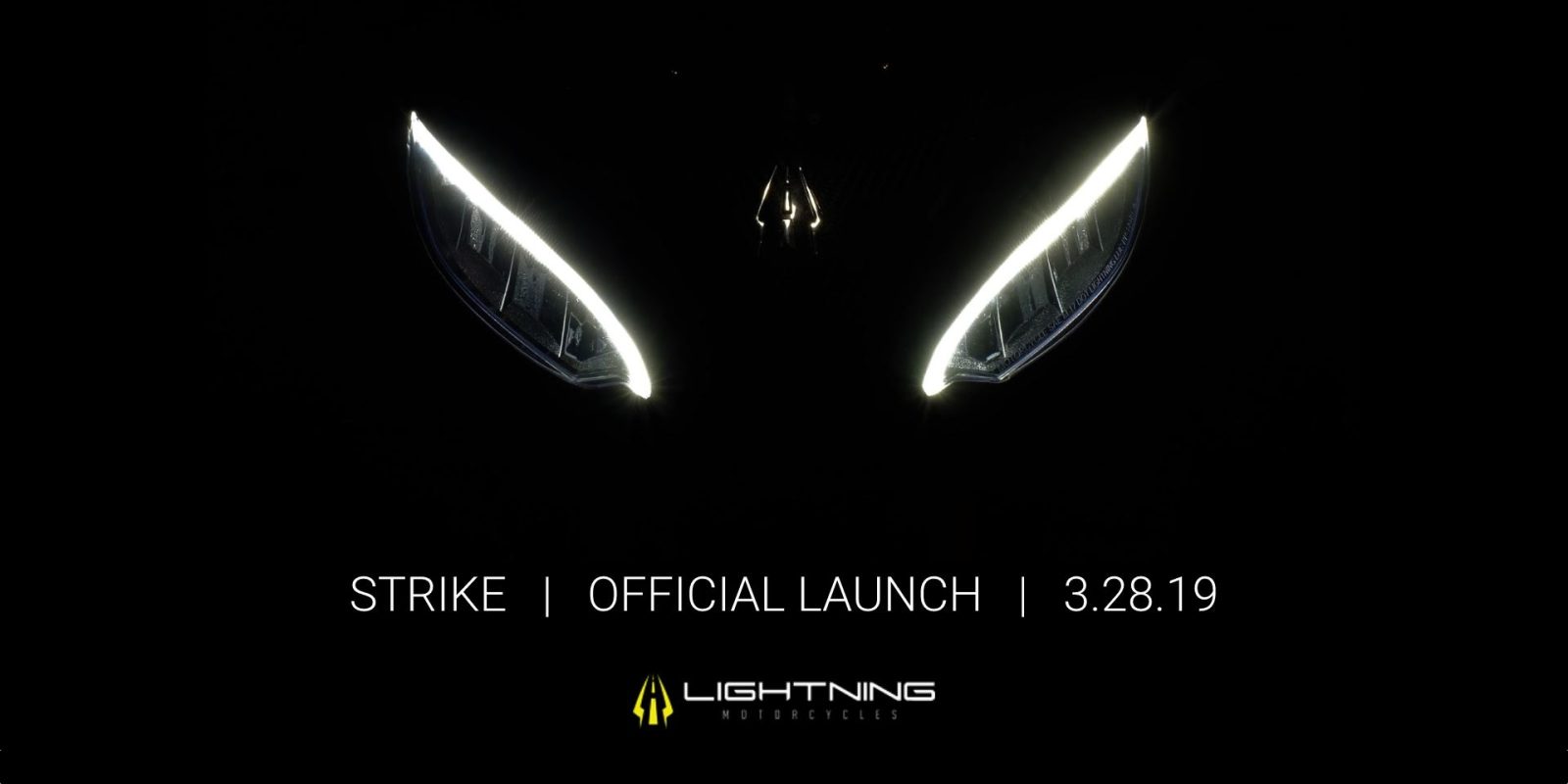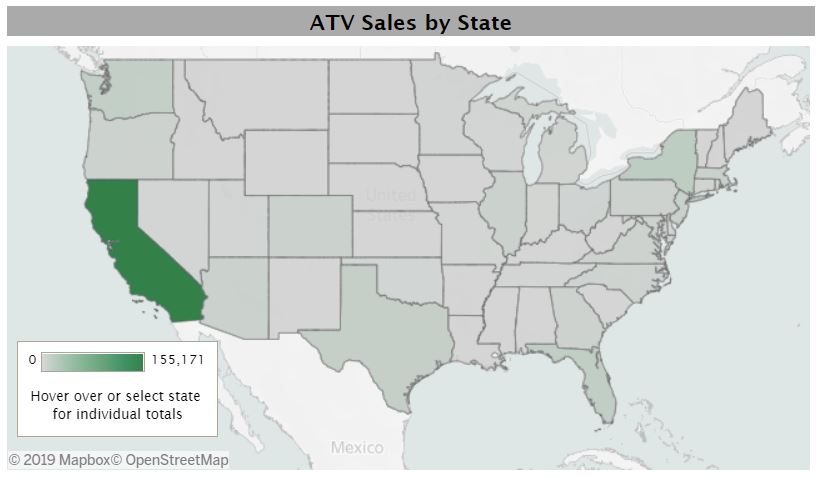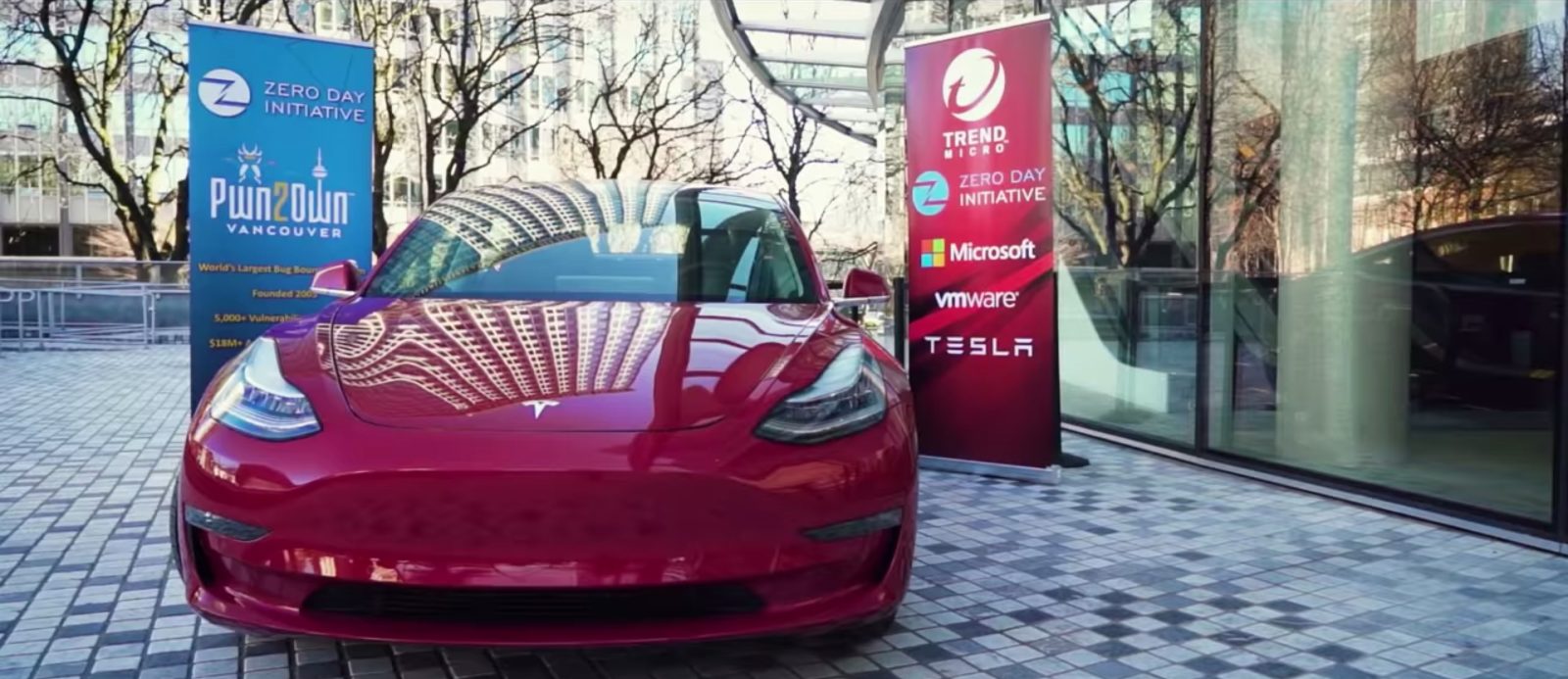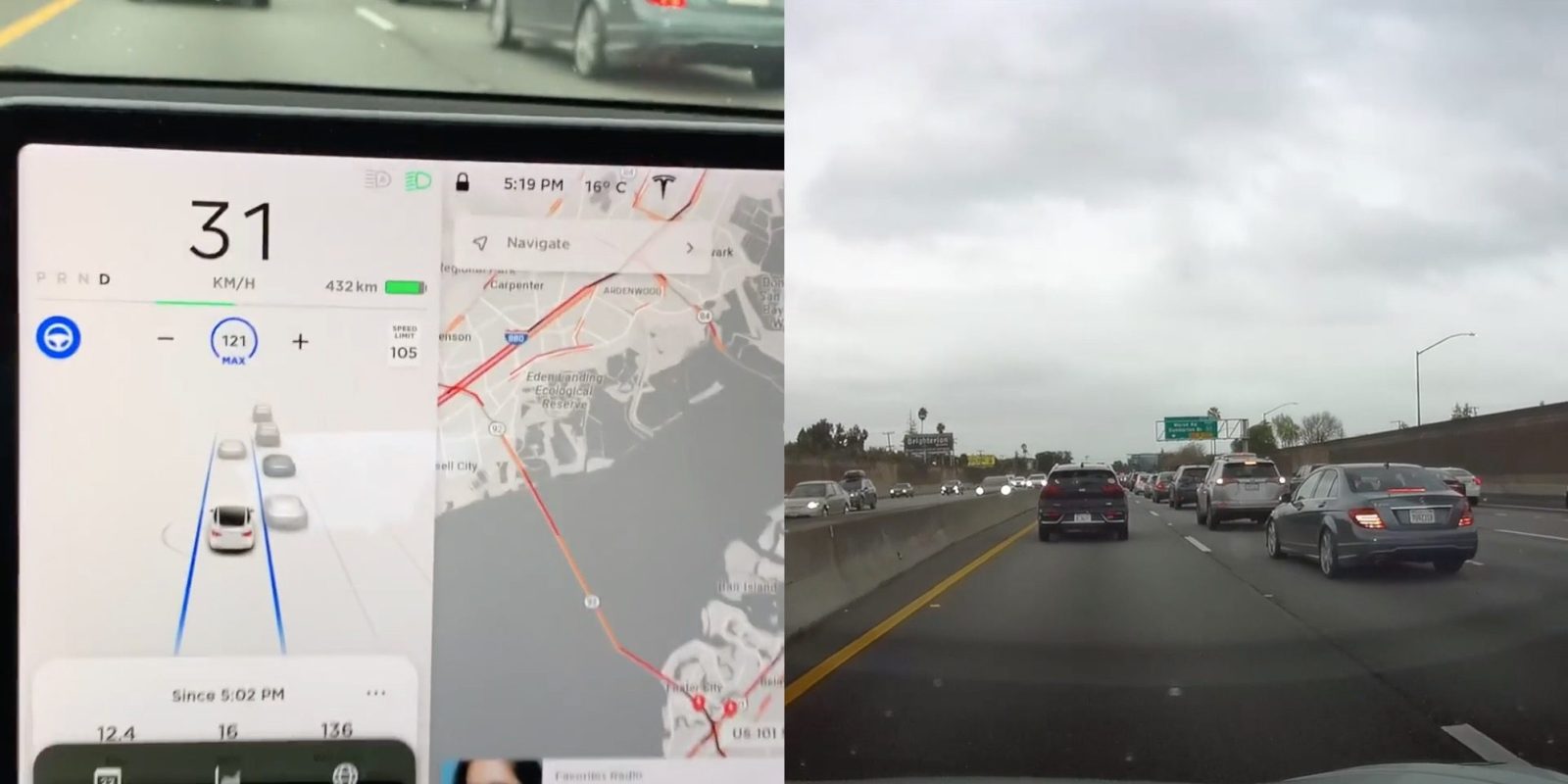Polestar 2 makes a great impression. Sales of top version start in about a year
The Polestar 2 is Volvo Group’s first all-electric entry, scheduled for production launch in February 2020. The car was shown at the 2019 Geneva Motor Show and as you can see down below from a number of videos, it attracted a lot of attention.
Polestar intends to offer the car with prices from €39,900 (base specs) to €59,900 (top of the line). At first, the more expensive version will be introduced with the best specs and equipment (base version is expected a year later). The price of top versions in the U.S. should be around $63,000 (before $7,500 federal incentive). The company already collects pre-orders through its website (first deliveries in U.S. are scheduled for July 2020).
Polestar 2 first markets:
- China
- U.S. (California and Washington states)
- Canada
- Europe: Sweden, Norway, UK, Germany, Netherlands, Belgium
For most of us, the Polestar 2 seems like the direct competitor to the Tesla Model 3, although we suspect it will be lower-volume, more-premium, more exclusive with potentially better fit and finish than the Model 3. It will be more expensive than Model 3, but as Polestar can count on the $7,500 federal tax credit, it could remain competitive in 2020.
The “fastback” body type is kind of retro-styled, slightly raised and overall very attractive. Unlike the Model 3, it’s a hatchback, and there is a small frunk (front trunk).
Interestingly, Polestar has integrated the Android infotainment system to receive Google’s major support in the form of voice recognition, Google maps and more. The car can be locked/unlocked by phone via Bluetooth (four antennas enable it to recognize the presence of the driver’s phone within 2 meters instead of 10 meters).
On the technical side, the Polestar 2 will get 78 kWh battery pack for up to 500 km (311 miles) of WLTP range and 275 miles (442 km) of EPA range. The pack is liquid cooled.
In China, battery capacity will be 72 kWh, which suggests a different battery supplier and cell capacity than forthe rest of the world.
The powertrain utilizes two 150 kW and 330 Nm electric motors – one per axle – for all-wheel drive and decent 4.7 seconds 0-100 km/h (62 mph) acceleration.
Polestar 2 specs:
- 78 kWh battery (324 pouch cells, 27 modules, liquid cooled)
- target 500 km (311 miles) of WLTP range
- expected 275 miles (442 km) of EPA range
- 0-100 km/h (62 mph) in 4.7 seconds
- dual motor all-wheel drive
- system output: 300 kW (408 hp) and 660 Nm of torque (two 150 kW and 330 Nm electric motors per axle)
- 150 kW fast charging capability
- based on Compact Modular Architecture (CMA) platform
* in China battery capacity to be 72 kWh
.embed-container { position: relative; padding-bottom: 56.25%; height: 0; overflow: hidden; max-width: 100%; } .embed-container iframe, .embed-container object, .embed-container embed { position: absolute; top: 0; left: 0; width: 100%; height: 100%; }
.embed-container { position: relative; padding-bottom: 56.25%; height: 0; overflow: hidden; max-width: 100%; } .embed-container iframe, .embed-container object, .embed-container embed { position: absolute; top: 0; left: 0; width: 100%; height: 100%; } .embed-container { position: relative; padding-bottom: 56.25%; height: 0; overflow: hidden; max-width: 100%; } .embed-container iframe, .embed-container object, .embed-container embed { position: absolute; top: 0; left: 0; width: 100%; height: 100%; } .embed-container { position: relative; padding-bottom: 56.25%; height: 0; overflow: hidden; max-width: 100%; } .embed-container iframe, .embed-container object, .embed-container embed { position: absolute; top: 0; left: 0; width: 100%; height: 100%; } .embed-container { position: relative; padding-bottom: 56.25%; height: 0; overflow: hidden; max-width: 100%; } .embed-container iframe, .embed-container object, .embed-container embed { position: absolute; top: 0; left: 0; width: 100%; height: 100%; } .embed-container { position: relative; padding-bottom: 56.25%; height: 0; overflow: hidden; max-width: 100%; } .embed-container iframe, .embed-container object, .embed-container embed { position: absolute; top: 0; left: 0; width: 100%; height: 100%; } .embed-container { position: relative; padding-bottom: 56.25%; height: 0; overflow: hidden; max-width: 100%; } .embed-container iframe, .embed-container object, .embed-container embed { position: absolute; top: 0; left: 0; width: 100%; height: 100%; } .embed-container { position: relative; padding-bottom: 56.25%; height: 0; overflow: hidden; max-width: 100%; } .embed-container iframe, .embed-container object, .embed-container embed { position: absolute; top: 0; left: 0; width: 100%; height: 100%; } .embed-container { position: relative; padding-bottom: 56.25%; height: 0; overflow: hidden; max-width: 100%; } .embed-container iframe, .embed-container object, .embed-container embed { position: absolute; top: 0; left: 0; width: 100%; height: 100%; } .embed-container { position: relative; padding-bottom: 56.25%; height: 0; overflow: hidden; max-width: 100%; } .embed-container iframe, .embed-container object, .embed-container embed { position: absolute; top: 0; left: 0; width: 100%; height: 100%; } .embed-container { position: relative; padding-bottom: 56.25%; height: 0; overflow: hidden; max-width: 100%; } .embed-container iframe, .embed-container object, .embed-container embed { position: absolute; top: 0; left: 0; width: 100%; height: 100%; } .embed-container { position: relative; padding-bottom: 56.25%; height: 0; overflow: hidden; max-width: 100%; } .embed-container iframe, .embed-container object, .embed-container embed { position: absolute; top: 0; left: 0; width: 100%; height: 100%; }Polestar 2 Reveal – Full presentation
.embed-container { position: relative; padding-bottom: 56.25%; height: 0; overflow: hidden; max-width: 100%; } .embed-container iframe, .embed-container object, .embed-container embed { position: absolute; top: 0; left: 0; width: 100%; height: 100%; }
Press blast:
POLESTAR REVEALS NEW POLESTAR 2
Polestar has taken the next step in its development as the electric performance brand with the reveal of the new Polestar 2. Polestar 2 is the new all-electric fastback that brings electric performance cars to a broader and increasingly progressive audience. It offers avant-garde design and a unique customer experience in the premium compact electric segment. Polestar 2 is the first electric car to compete in the marketplace around the Tesla Model 3, with the range starting at a guide price of 39,900 euros. For the first 12 months of production, guide price of the launch edition is 59,900 euros1.
“Polestar 2 is our first fully electric car and first volume model. Everything about it has been designed and engineered with passion and dedication. As an electric performance brand, and through the forthcoming launch of a portfolio of fully electric cars, Polestar is determined to address the world’s air quality challenges. Polestar delivers electric performance cars that are great to own and drive,” says Thomas Ingenlath, Chief Executive Officer of Polestar.
Polestar 2 is a premium five-door fastback with two electric motors and a 78 kWh battery capacity2 that will enable a targeted range of 500 km3, based on Volvo Car Group’s adaptable Compact Modular Architecture platform (CMA). The 27-module battery pack is integrated into the floor and contributes to the rigidity of the chassis as well as improves the car’s noise, vibration and harshness (NVH) levels – road noise has been reduced by 3.7 dB compared to a traditional chassis.
Polestar will answer the important question of charging Polestar 2 with a smart, convenient and extensive approach. With a connected digital solution available both in-car and on mobile devices, Polestar is setting up strategic collaborations to give Polestar 2 owners easy and hassle-free access to the world’s largest public charging networks.
For Polestar, performance underlies the entire driving experience. The all-wheel drive electric powertrain in Polestar 2 produces 300 kW (408 hp) and 660 Nm (487 lb-ft). This translates to a 0-100 km/h acceleration time of less than 5 seconds.
The standard dynamic chassis can be enhanced by the Performance Pack that improves driving dynamics with Öhlins dampers, Brembo brakes and unique 20-inch forged wheels. Polestar’s signature gold seat belts, brake callipers and valve caps complete the performance visuals.
Highlighting the technology spearhead role that Polestar plays within the Volvo Car Group, Polestar 2 is one of the first cars in the world to embed an infotainment system powered by Android. The Android backbone provides a solid and adaptable digital environment for apps and vehicle functions to coexist, and brings embedded Google services to a car for the first time – including the Google Assistant, Google Maps with support for electric vehicles and the Google Play Store5. Natural voice control and a new 11-inch touch screen display bring the new interface to life.
Phone-as-Key technology enables car sharing and a more integrated ownership experience, as well as Polestar’s connected services such as pick-up and delivery. It also allows Polestar 2 to sense the driver upon approach. Smart features like enlarged graphics in the instrument cluster allow the driver to easily see the charging status and range before entering the car. Polestar 2 can also predetermine the driver’s next move to create a seamless experience with a prepared cabin and quick start sequence.
Maximilian Missoni, head of Design at Polestar, comments: “We decided to bring something different to the segment. Our avant-garde design has evolved from Polestar 1 into an edgier, bolder statement. We have also designed a standard vegan interior with progressive textiles that will appeal to the forward-thinking audience who will subscribe to Polestar 2.”
Design-led features include Pixel LED headlights4 and proximity lighting which enable a unique welcome sequence, Polestar’s now-signature frameless side mirrors and the unique illuminated Polestar logo, which is reflected onto the car’s panoramic glass roof.
In common with all Polestar cars, Polestar 2 will only be available for ordering online. The guide purchase price for the launch version of Polestar 2 is 59,900 euros1 with subscription pricing to follow at a later date. Pre-orders are open at polestar.com. Production of Polestar 2 begins in early 2020 in China for global markets in both left- and right-hand drive.
Polestar 2 will make its first public appearance at the 2019 Geneva International Motor Show in March, and then embark on a global roadshow in Europe, North America and China throughout 2019. Polestar 2 will also be available in a network of soon-to-be-opened Polestar Spaces that will provide physical viewing and test drive opportunities.
Initial launch markets include China, the United States, Canada, Belgium, Germany, the Netherlands, Norway, Sweden and the UK. Other markets are under consideration for future expansion.
Source: Electric Vehicle News

